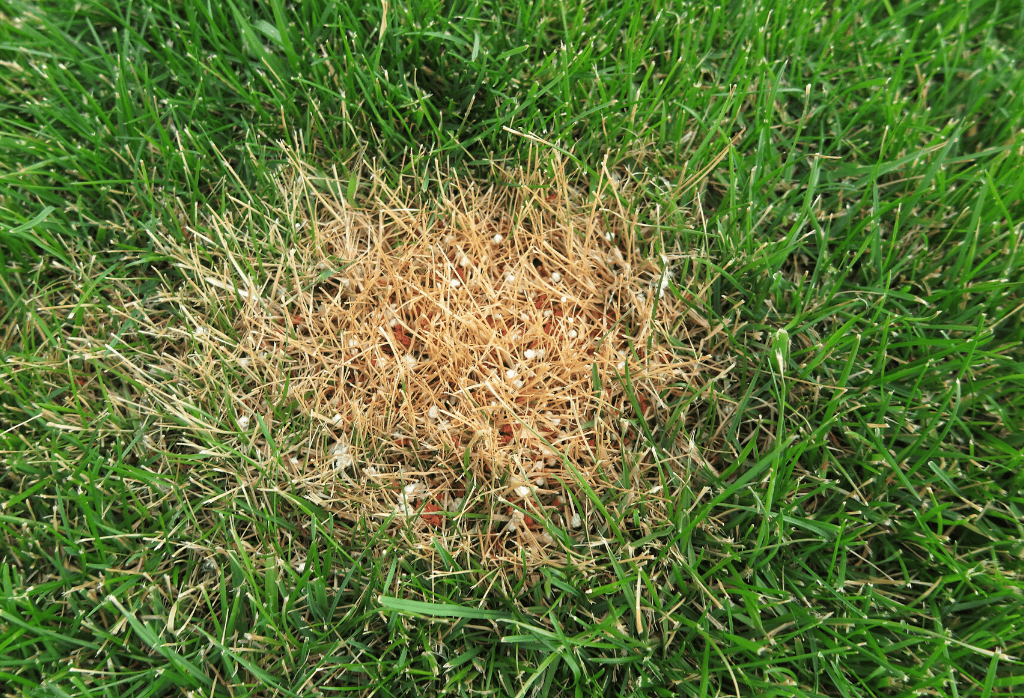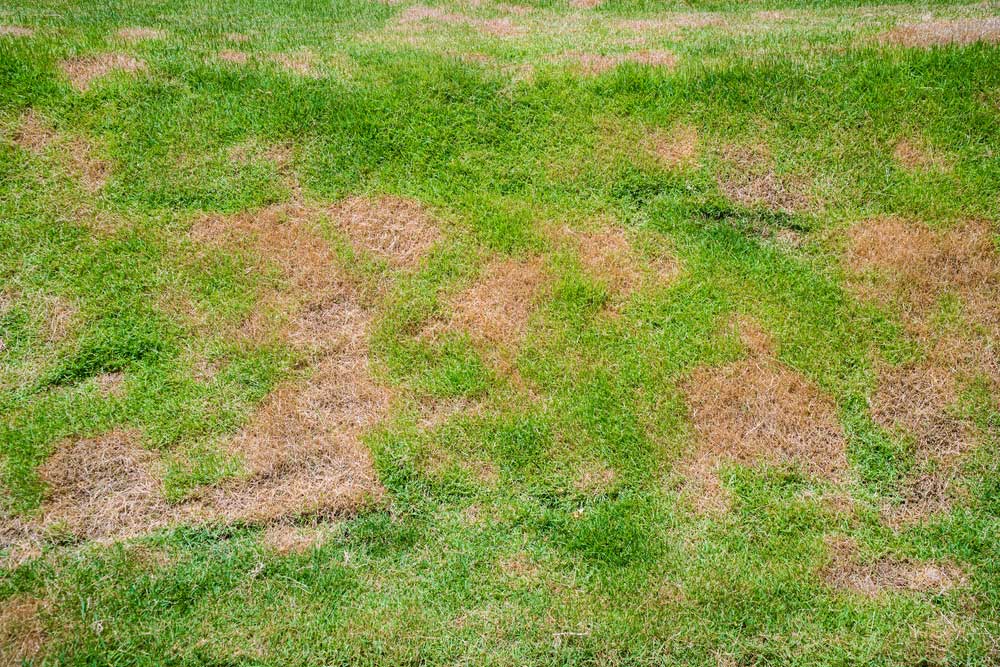Keeping your lawn lush and green often starts with fertilizer—but too much of a good thing can quickly turn your healthy grass into a patchy, yellow mess. If you’ve ever noticed unsightly brown or yellow patches after fertilizing, you’ve likely encountered lawn burn.
In this post, we’ll explore how to avoid lawn burn from over-fertilizing, including common causes, prevention tips, and how to treat damage if it happens.


What Is Lawn Burn?
Lawn burn, or fertilizer burn, occurs when excess nitrogen and salts from fertilizer dry out and damage grass blades. It’s most common with synthetic fertilizers and often appears within hours or days of application.
Signs of lawn burn include:
Brown or yellow patches
Scorched-looking grass
Curling or dying blades
Hard or crusty soil surface
Why Over-Fertilizing Causes Lawn Burn
Fertilizers contain high levels of nitrogen, phosphorus, and potassium—elements that feed your lawn. However, when over-applied, these nutrients draw moisture away from the grass roots, causing dehydration and chemical burn.
Some common over-fertilizing mistakes:
Applying too much fertilizer at once
Fertilizing during hot, dry weather
Not watering the lawn after application
Using the wrong fertilizer type for your grass
Every fertilizer comes with a recommended application rate. Follow these instructions precisely. More fertilizer doesn’t mean faster growth—it can actually cause severe damage.
Slow-release fertilizers feed your lawn gradually, reducing the risk of fertilizer burn. These products break down over time, giving grass a steady supply of nutrients without overwhelming it.
Always water your lawn thoroughly after applying fertilizer. This helps dilute the chemicals and wash them into the soil, minimizing surface contact with grass blades.
Hot, dry weather increases the risk of fertilizer burn. Plan your fertilization during cooler times of the day—preferably early morning or late afternoon—and avoid days when temperatures are expected to soar.
Different types of grass have different nutrient needs. Make sure you choose a fertilizer that’s suitable for your lawn species and regional climate.
Using a broadcast or drop spreader? Make sure it’s properly calibrated. Uneven application can create concentrated areas of fertilizer that lead to patchy lawn burn.
What to Do if You’ve Already Over-Fertilized
If you’ve accidentally over-applied fertilizer and notice signs of lawn burn, take quick action to minimize damage.
1. Water the Affected Area Deeply
Flush out excess fertilizer with a heavy watering. Water the burned area for 30 to 60 minutes to help leach salts deeper into the soil, away from the root zone.
2. Remove Excess Fertilizer
If you see undissolved fertilizer granules, gently rake or sweep them off the surface before watering to prevent further burn.
3. Aerate the Soil
Aerating the soil helps improve water penetration and root recovery. This is especially useful in compacted areas or where fertilizer has crusted on the surface.
4. Apply a Lawn Repair Mix
For severely damaged areas, consider applying a lawn repair mix that includes grass seed, mulch, and fertilizer. This can help speed up regrowth.
5. Be Patient
Recovery may take a few weeks. Avoid mowing the affected area too soon and continue to water regularly. New grass will eventually fill in with proper care.
What Is Lawn Burn?
Lawn burn, or fertilizer burn, occurs when excess nitrogen and salts from fertilizer dry out and damage grass blades. It’s most common with synthetic fertilizers and often appears within hours or days of application.
Signs of lawn burn include:
Brown or yellow patches
Scorched-looking grass
Curling or dying blades
Hard or crusty soil surface
Final Thoughts
Over-fertilizing your lawn can do more harm than good. But with the right approach, you can avoid lawn burn, keep your grass healthy, and enjoy a vibrant green yard all season long.
Always follow application guidelines, use the correct products, and don’t forget the golden rule: when in doubt, less is more.


